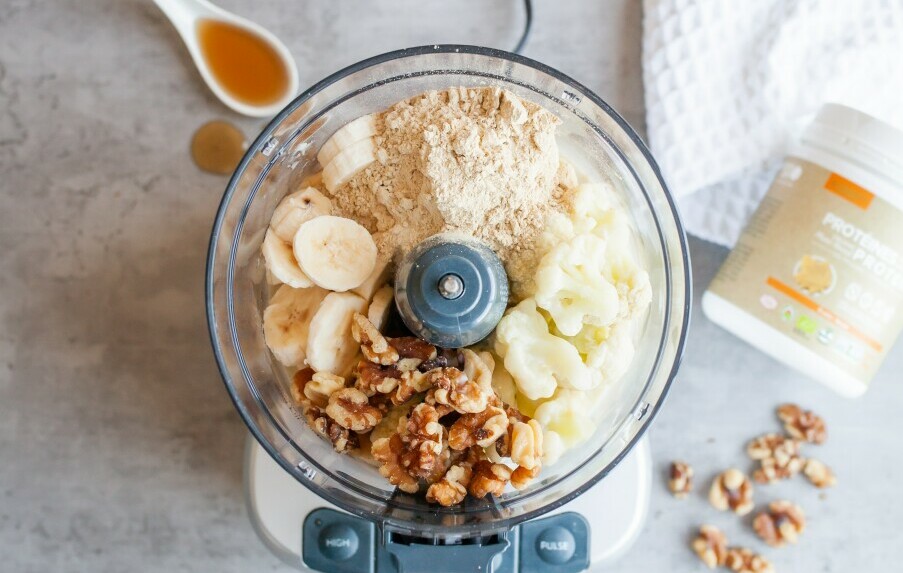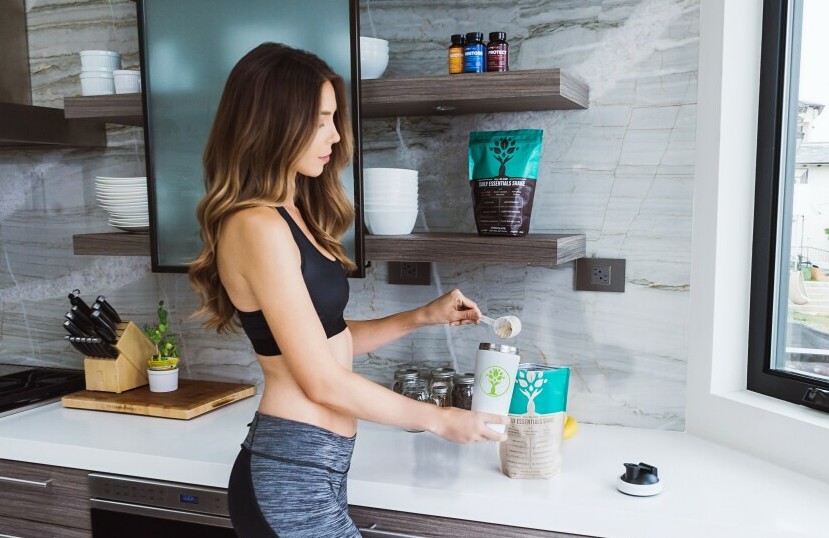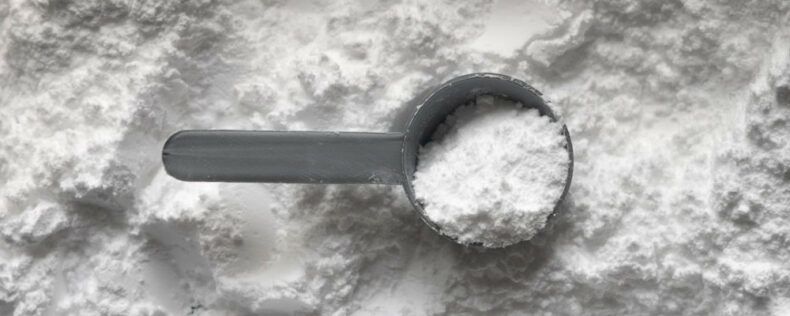Protein powder is something that’s seemingly used by anyone who works out and wants to put on muscle. Although it’s not necessary if you can get enough protein from food, the reality is that this can be quite difficult, so protein powder is commonly used as an easy and effective way to supplement your protein intake. However, choosing between different kinds of protein powder can be a real headache.
There are endless brands offering different types of protein and all advertising their products as better than the rest. The packaging often uses complex terms that most people don’t really understand. In the end, determining the right product for you becomes an impossible task. To make the selection process easier, in this post I’ll help you sort through all the chaos and better understand some of the main types of protein powder that you’ll typically come across.
Whey Protein
We’ll start with the most common kind of protein: whey protein. It’s a byproduct of dairy and is generally regarded as the most effective kind of protein. However, whey protein can be further broken down into different types based on the level of processing and refinement:
Whey Concentrate
This is the least processed form of whey protein, and as a result, it’s the cheapest. Because it doesn’t undergo too much refining, it retains a higher proportion of fats and carbohydrates. In addition to being relatively calorie-dense, this means it also has a lower protein content: concentrate powder may only contain anywhere between 30-80% protein. In addition, whey concentrate will have more lactose than other kinds of whey, so it may not be suitable for those who are lactose-intolerant.
Whey Isolate
This is more refined than concentrate, meaning more of the fat and lactose have been removed. This means you get a higher protein content of at least 90% with fewer calories, and if you’re lactose-intolerant, you won’t have to worry too much since isolate is very low in lactose. However, this also means that isolate is usually more expensive than concentrate.
Whey Hydrolysate
This is also a very pure form of whey that has a high protein content, but its main distinction is in the way that it’s processed. It undergoes specific treatments to make it easier to digest and absorb, allowing for quicker muscle repair and recovery. Among whey proteins, hydrolysate is the hardest to come by, and the special processing it requires also makes it the most expensive.
What’s the Best “Whey” to Go?

Because there are several different kinds of whey protein, this warrants a discussion about which one is the best.
Overall, whey isolate is the most ideal form of whey protein. It’s about as close as you can get to pure protein. There isn’t too much excess content in the form of filler ingredients and calorie-dense fats, so you’ll maximize your protein intake while still staying within your daily caloric limit.
When it comes to whey concentrate, you might be drawn to the fact that it’s cheaper, but remember that since concentrate contains less protein, you’re not necessarily getting a better deal: you’re paying less for less protein. However, this doesn’t mean the protein in concentrate is of any lesser quality, so if isolate is still a bit too pricey to sustain, whey concentrate is nevertheless a decent alternative.
Hydrolysate’s primary lure is its quick-absorbing capabilities, but while that may present an advantage over other forms of whey for certain athletes and activities, for most recreational needs, it’s not necessarily much more beneficial than isolate. As a result, most people shouldn’t feel the need to pay the premium for hydrolysate.
Other Types of Protein
Although whey is most widely used, there are still other kinds of protein you can choose from.
Casein
This is another dairy-based protein, but it’s not the same as whey. On average, casein powder only has around a 70% protein content, but its appeal is that unlike whey hydrolysate, it’s a slower-absorbing protein. While some situations require a quick recovery, casein is often preferred for consistent muscle repair over several hours. For example, some studies suggest that taking casein before bed can allow for better overnight muscle recovery and growth.
If you’re going to use casein for this purpose, it can be a good idea to pair it with another protein that has a higher protein content and is faster-absorbing that you can use during the day, especially right after your workout.
Plant-Based Protein
This is a good alternative if you’re vegan, severely lactose-intolerant, or just don’t prefer animal-based protein. Among the different types of plant-based protein, you’ll find the highest protein content in pea, rice, and soy protein.
One concern that’s frequently brought up with regards to plant-based protein is that unlike animal-based proteins, they sometimes don’t contain all the essential amino acids that make up a complete protein. One way to address this is by getting a plant-based protein that uses a combination of plant sources, so you can maximize the types of amino acids you’re getting. Furthermore, if you’re getting enough complete proteins from other foods in your diet, this also shouldn’t be too much of a concern.
Finding What’s Right for You

The protein powders I’ve included in this post are ones that have been studied the most and are most commonly available to consumers. However, as you continue to do your research, you’ll see that there are other kinds of protein powders as well which, based on their pros and cons, may be a more suitable option for you.
At the same time, too many options can get overwhelming, so there’s no need to get caught up in trying to compare all of them. Start with one of the kinds mentioned above and see how you respond to it. If you have an adverse reaction due to lactose intolerance, are sensitive to another ingredient, or simply don’t like the taste, then you might want to experiment with something different.
It’s also important to keep in mind that although some protein powders are more effective and better for you than others, your primary focus should be to just get enough protein in your diet. From a muscle-building perspective, you can’t go too wrong with any protein powder, and if you can’t get enough protein from food alone, having to temporarily settle for a slightly inferior protein supplement is still much better than having none at all.
If you’re interested in other easy ways to add more protein to your diet, see some of my recommendations for great high-protein snacks.

